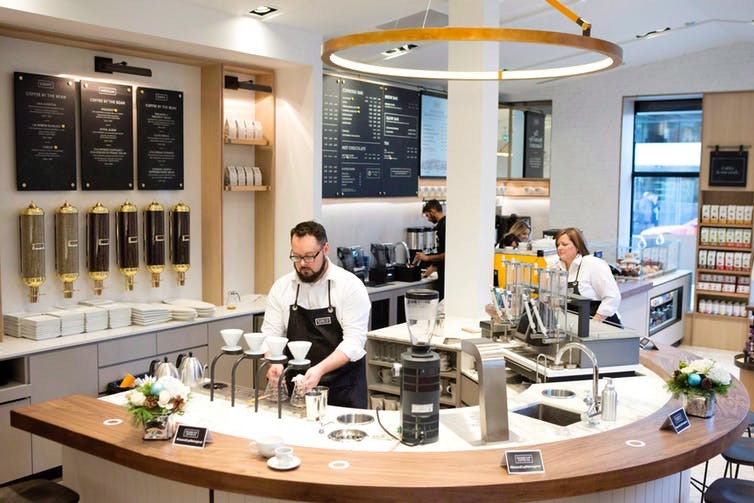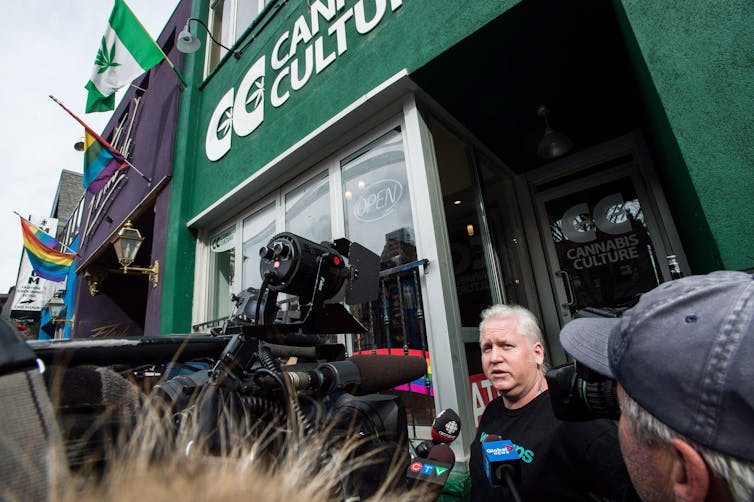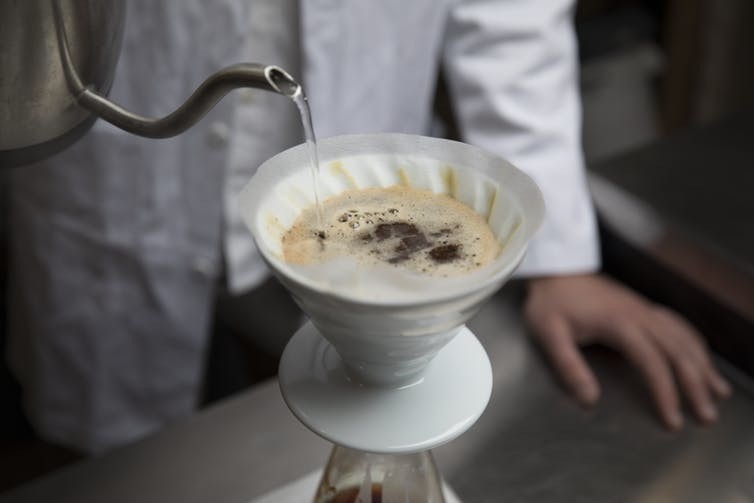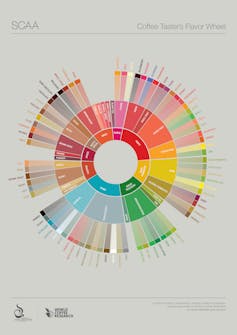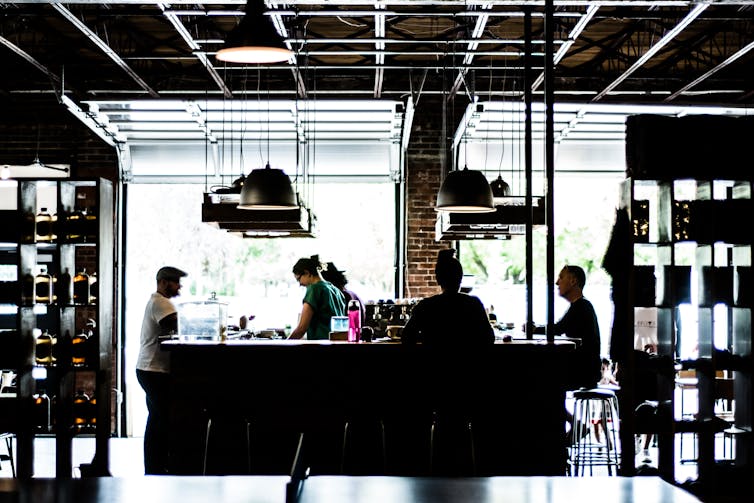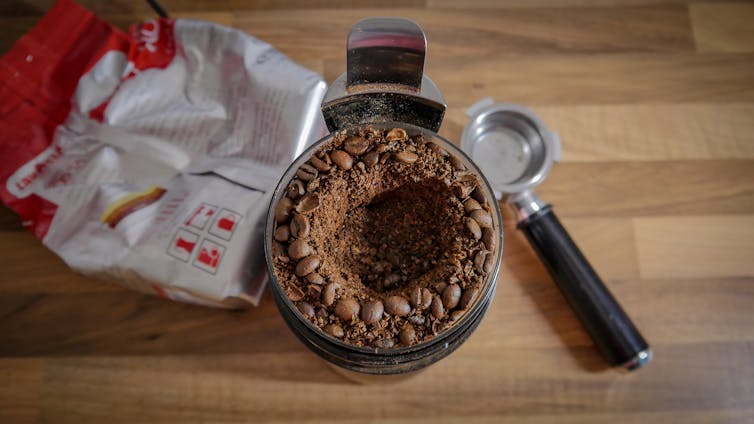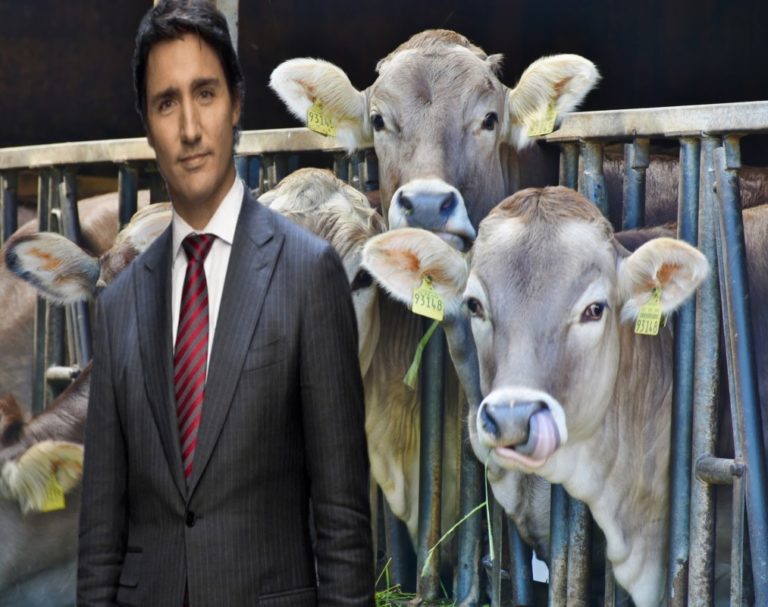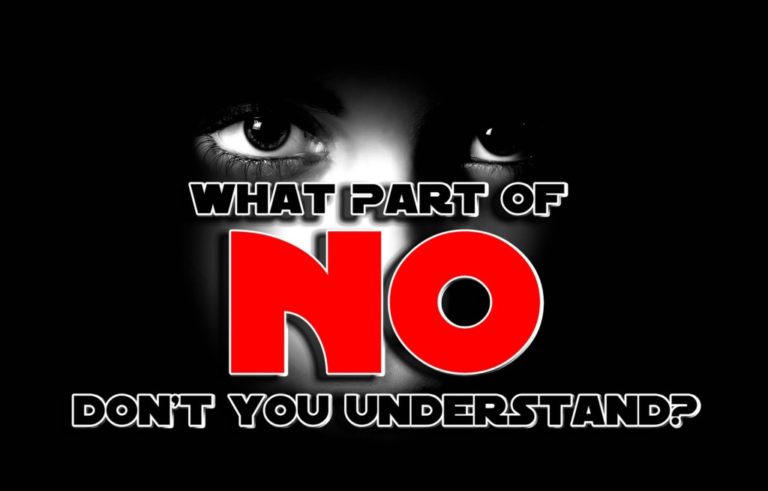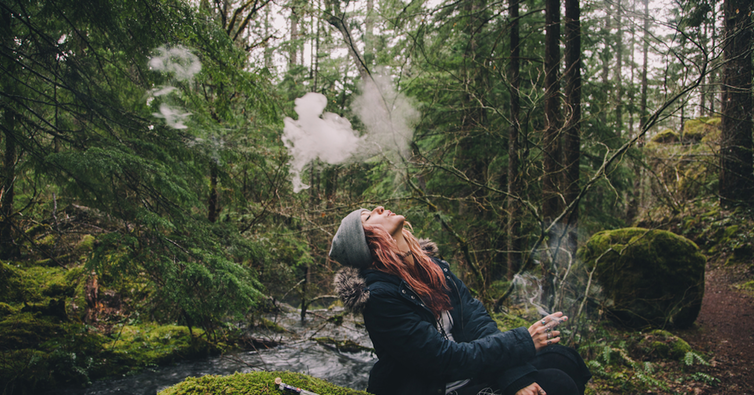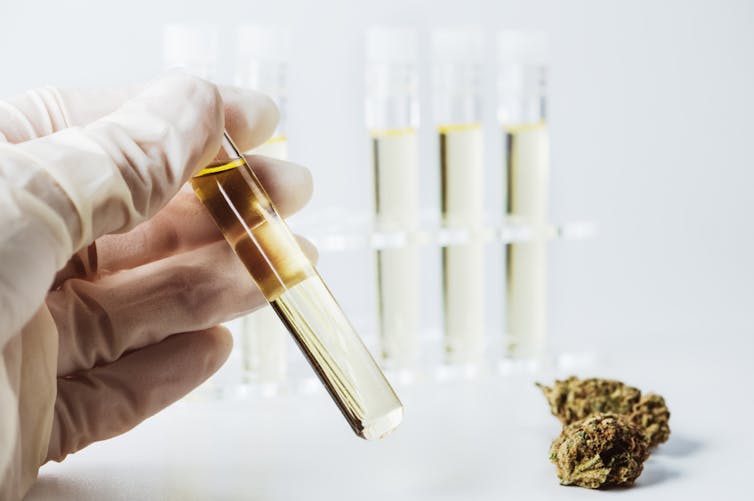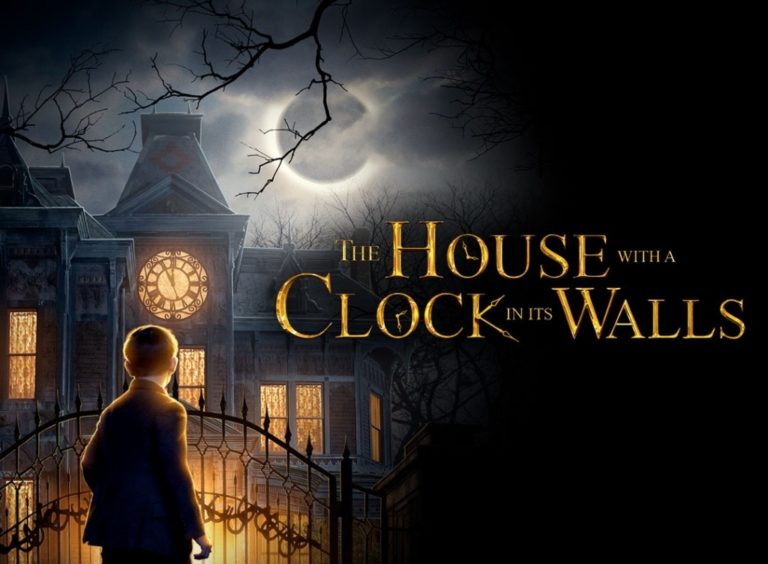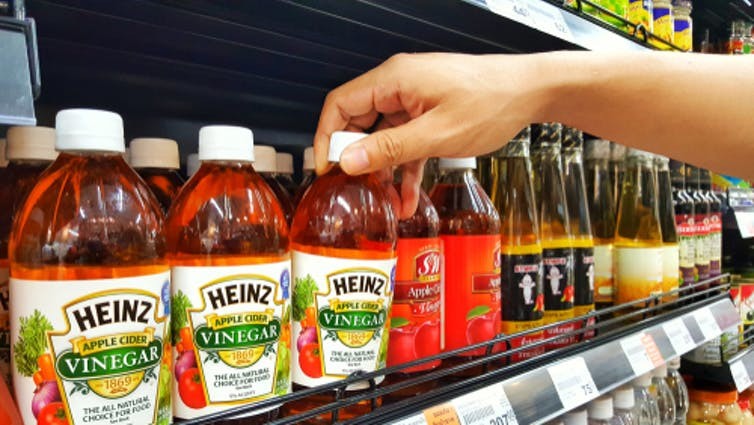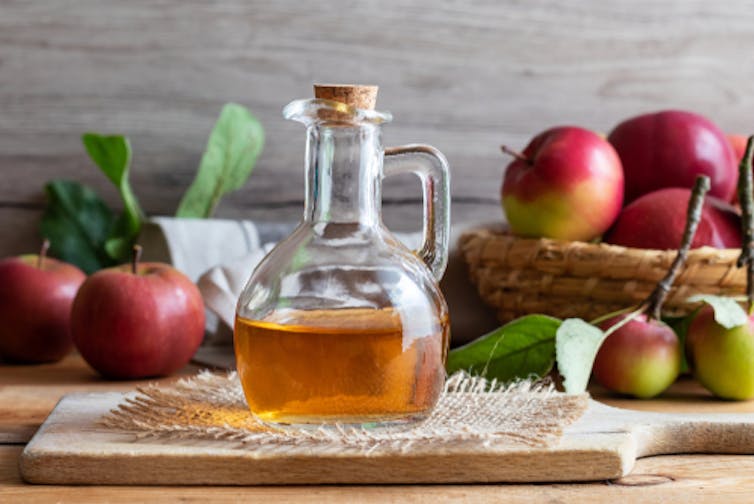For most people, living with wanderlust is a constant. Spending months in tropical destinations with white sandy beaches while still working from your laptop or phone is a total dream. Unfortunately for most people, that dream will remain nothing but a dream. But, for others, it’s currently a reality. These people are called digital nomads. The term refers to anyone who uses the internet and their smart device to work remotely. This allows them to live anywhere and travel the world. Digital nomads aren’t necessarily self-employed, as the term simply refers to those who embrace remote work. Many of these nomads may still work for bigger companies or be freelancers, but have the flexibility to call the shots in terms of when and how they work.
With the rise of digital nomadism, many people are looking for ways to work remotely, become their own bosses, and ultimately be able to travel the world. Most digital nomads are internet marketers, bloggers, and social media marketers. These jobs make it easy to work remotely because the tools and resources they use are all online. But, for those who don’t have these skills and don’t want to retrain themselves, there are other options out there. For example, you could join the Stream Opportunity and become a Stream Energy Independent Associate.
Founded in 2005, Stream Energy has revolutionized the energy industry. The Dallas-based company has earned over $8 billion in lifetime revenue and has helped thousands of people become financially independent. Stream Energy does this by allowing its customers to join the Stream Opportunity program. It’s a simple concept: get paid and earn rewards by selling services and signing up new customers. It also equips Independent Associates with all the tools, resources, and training they need to succeed. Stream Energy offers its customers various services, such as:
- Wireless Services — Stream Energy provides various cell phone plans, including international plans and 4G LTE unlimited talk and text plans. Customers can also buy their cell phones directly from Stream Energy. The company provides apps and tools to assist customers with backing up their devices and locating their phones.
- Protective Services — Customers can access Stream Virtual MD, which gives them around-the-clock access to phone or video consultations with U.S. Board Certified doctors. Other protective services include identity theft protection, roadside assistance, and credit monitoring.
- Home Services — With this service, customers can connect their home phones to their smartphones.
- Energy Services — Stream Energy’s main service is providing its customers with three types of energy — electric, natural gas, and clean energy.
With no physical inventory, quota to meet, or door-to-door sales, Stream Energy’s Independent Associates can work remotely, making it the perfect career for digital nomads. With no business experience required, the company provides an alternative to the traditional nine-to-five job. And Independent Associates still earn livable incomes to support their desired lifestyles.
What Digital Nomads Should Know Before Joining Stream Opportunity
- Working Remotely Is Not Easy
Working remotely as a digital nomad is not easy, and success with Stream Energy — or any other business venture — is not guaranteed. By joining the Stream Opportunity program, digital nomads automatically become small business owners. It’s essential that they put in the groundwork and build the relationships and team to afford them the flexibility they desire. The Dallas-based company sets anyone who joins the program up with everything they need to become a success Independent Associate, but it’s up to them to thrive.
- Be Reachable
No matter where in the world a digital nomad is based, they need to remain reachable to customers. Whether customers have questions or complaints, it is essential that digital nomads are just an email or phone call away. Make it part of your daily routine to check your emails and ensure that your Stream Energy business is running smoothly, assist new customers, and check up on your team.
- Self Motivation Is Essential
With no rules and no boss to keep digital nomads in check, it’s essential that they remain self-motivated. Most digital nomads work alone, which is often demotivating, so finding a coworking space or any other environment where their feel productive is important.
- Focus On Results
Being result-driven is important for the success of your business. The awesome thing about the Stream Opportunity program is that it helps Associates be more goal driven and encourages them to reach those goals. Whether you want to become a National Director or enjoy a Streamcation, the program allows you to grow your earning potential while hitting goals within the company.

